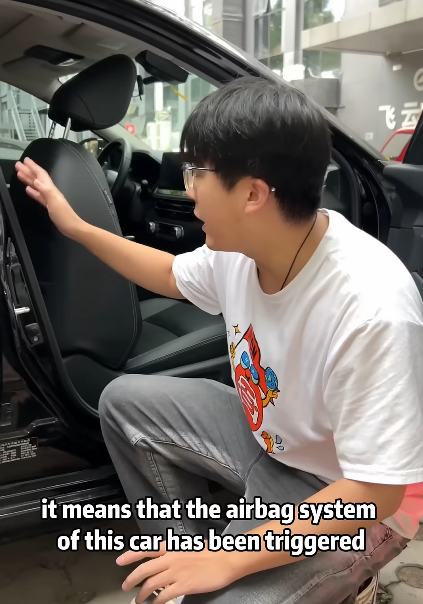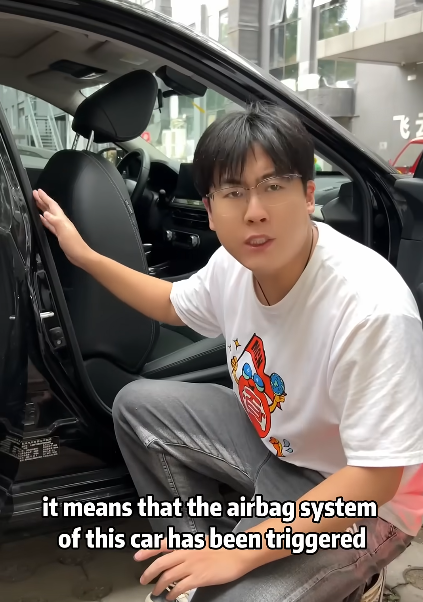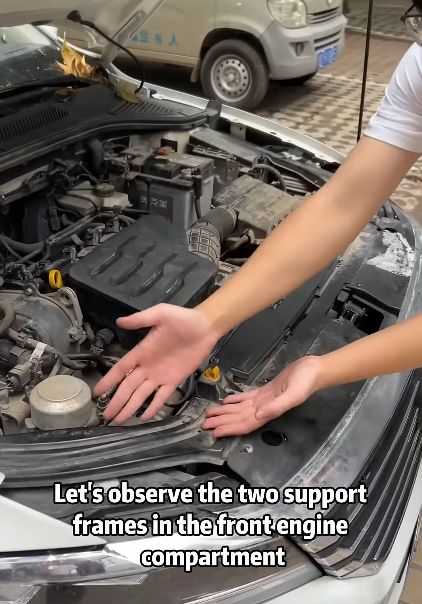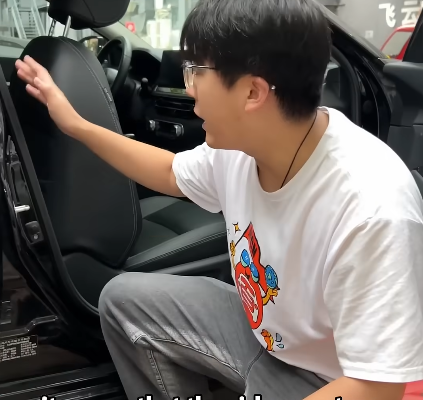
Buying a used car can be a great way to save money, but it also comes with risks. Hidden problems may not be obvious at first glance, leading to costly repairs down the road. To avoid potential pitfalls, it’s crucial to inspect the vehicle thoroughly before making a purchase. Here’s a detailed guide on how to check for hidden problems in a used car.

1. Research the Car’s History
Before inspecting a used car in person, start by checking its history. This can reveal past accidents, title issues, and maintenance records.
- Use a Vehicle History Report: Services like Carfax, AutoCheck, and the National Motor Vehicle Title Information System (NMVTIS) can provide valuable insights into the car’s past.
- Check for Title Issues: Avoid vehicles with a salvage or rebuilt title, as these indicate the car has been in a severe accident or suffered major damage.
- Verify Maintenance Records: A well-maintained car with regular oil changes and service records is less likely to have hidden issues.
2. Inspect the Exterior for Signs of Damage
A visual inspection of the car’s exterior can reveal signs of hidden problems.
- Look for Mismatched Paint: Different shades of paint on various panels may indicate previous repairs due to an accident.
- Check for Rust and Corrosion: Rust, especially on the undercarriage, can compromise the car’s structural integrity.
- Inspect Panel Gaps: Uneven gaps between doors, fenders, and the hood could signal poor repair work from a previous accident.
- Check for Cracks or Chips in the Windshield: Small chips can grow into larger cracks, leading to expensive replacements.

3. Examine the Tires and Suspension
The condition of the tires and suspension system can indicate underlying issues.
- Check Tire Tread Wear: Uneven wear may suggest misalignment, suspension issues, or improper tire inflation.
- Test for Suspension Problems: Press down firmly on each corner of the car. If it bounces excessively, the shocks or struts may be worn out.
- Listen for Clunking Sounds: During a test drive, strange noises from the suspension could indicate problems with bushings, ball joints, or control arms.
4. Check Under the Hood
A thorough inspection under the hood can help identify potential mechanical problems.
- Look for Leaks: Check for oil, coolant, and transmission fluid leaks. Any fluid dripping onto the ground is a red flag.
- Inspect the Belts and Hoses: Cracked or frayed belts and hoses can lead to engine failure if not replaced.
- Check the Battery: Corrosion around the battery terminals could signal charging system issues.
- Examine Fluid Levels and Condition:
- Oil: Dirty, dark, or low oil may indicate neglect.
- Transmission Fluid: Should be pinkish and not have a burnt smell.
- Coolant: Should be clean and at the proper level.
5. Start the Engine and Listen for Unusual Noises
When starting the car, pay attention to how the engine sounds.
- Listen for Ticking or Knocking Noises: These could indicate issues with the engine’s internal components.
- Check for Excessive Exhaust Smoke:
- Blue Smoke: Burning oil, possibly due to worn piston rings.
- White Smoke: Coolant leaking into the combustion chamber, indicating a potential head gasket failure.
- Black Smoke: The engine is running too rich, which could be due to a fuel system issue.

6. Inspect the Interior for Wear and Functionality
A car’s interior can reveal how well it has been maintained.
- Check for Odors: A musty smell could indicate water damage or mold from leaks.
- Test All Electronics: Ensure the radio, lights, power windows, air conditioning, and dashboard controls are working properly.
- Look for Excessive Wear on the Seats and Pedals: If the car’s mileage seems low, but the seats and pedals show excessive wear, the odometer may have been tampered with.
- Check for Airbag Deployment: If the airbag light stays on, the car may have been in a crash, and the airbags might not function properly.
7. Test Drive the Car
A test drive is one of the most important steps in checking for hidden problems.
- Check Acceleration and Braking:
- The car should accelerate smoothly without hesitation or strange noises.
- The brakes should feel firm and not make squeaking or grinding sounds.
- Listen for Transmission Issues:
- An automatic transmission should shift smoothly without jerking.
- A manual transmission should shift easily without grinding noises.
- Monitor Steering Response:
- The steering should be responsive and not pull to one side.
- Vibrations in the steering wheel could indicate alignment or suspension issues.
- Pay Attention to Warning Lights: Any check engine, ABS, or airbag warning lights could signal costly repairs.
8. Check for Hidden Water Damage
Some used cars may have been in floods, and sellers might try to hide the damage.
- Look for Water Stains on Seats and Carpets: These could indicate past flooding.
- Check for Rust on Metal Components: Seat rails and under the dashboard should not show excessive rust.
- Test All Electrical Components: Water damage can cause intermittent issues with electronics.

9. Get a Pre-Purchase Inspection by a Mechanic
Even if the car appears to be in good condition, it’s always best to get a professional opinion.
- A pre-purchase inspection (PPI) by a trusted mechanic can reveal hidden mechanical and structural issues.
- Many auto shops offer PPI services for a reasonable fee, and it can save you thousands in potential repairs.
10. Trust Your Instincts and Negotiate Wisely
If something feels off about the car or the seller, don’t ignore your gut feeling.
- Be Wary of Deals That Seem Too Good to Be True: A significantly lower price might indicate hidden problems.
- Ask Questions: A trustworthy seller should be transparent about the car’s condition and history.
- Use Inspection Findings to Negotiate: If minor issues exist, use them as leverage to lower the price.
Final Thoughts
Checking for hidden problems in a used car requires patience, attention to detail, and a willingness to ask the right questions. By following this guide, you can reduce the risk of buying a problematic vehicle and ensure you get a reliable car that fits your needs. Always remember that a small investment in inspection today can save you from expensive repairs in the future.



